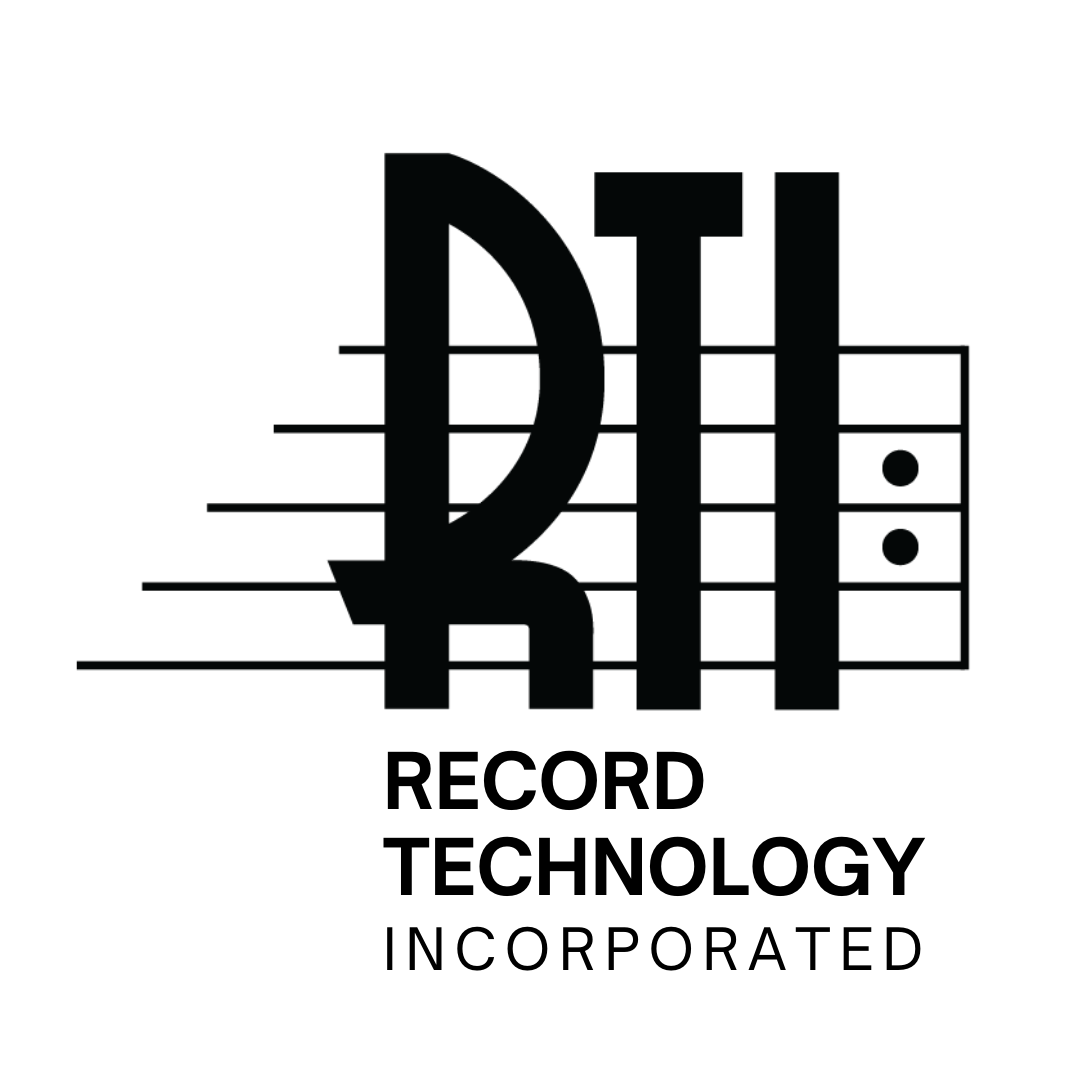Preparing Master Sources for Vinyl
Written by Kevin Gray.
All sources submitted for mastering must be properly prepared. Since the cutting level (volume) on the record is dependent on the length of the program, accurate timings are critical. The time for each track, and the total running time, including spaces between songs, must be provided for each side. Start Ids must be put on CD-Rs and DATs for each track or every point, which requires a visible spread on the record. Contrary to popular belief, visible spreads are made manually, and have nothing to do with the amount of space between tracks on the source. But, we must know exactly where you want them. An accurate track sheet, with the the name of each track, it’s time and track number ( A-1, A-2, B-1 B-2 etc.) and the running time for each side should be included with the source. Please type or print this information.
The record is cut as one continuous groove. There is no starting and stopping between tracks. (We do not do locked grooves or “roulette records”. Please send those to someone who specializes in them.) Keep in mind, that the time between tracks on the source will be the time between tracks on the record. DATs must be submitted in the proper sequence, with a space of at least 2 seconds (preferable more like 15 to 30 seconds) between the last track of Side 1 and first track of side 2. Care must be exercised in assembling your source. Any false starts, noises, or glitches on your source will appear on the finished record.
DATs should NOT be started at the very beginning. Do not start recording the program until at least :30, preferable 1:00 or 2:00. DATs MUST be recorded at 44.1 kHz sampling frequency. (CDRs are always recorded at that frequency) If the source is a CD-R, it is possible (but not recommended) to cut the record in a different sequence from the source. This is done, by programming our CD player when we cut the side.
In the past few years, with the widespread availability of computer workstations, more and more projects are submitted as mastered, sometimes for CD. Theses are usually acceptable for vinyl mastering, but there are some potential problems. Many projects are seriously over compressed or have too much treble to play back properly on a phonograph record. (Please read my other paper on mastering from digital sources and read the notes about level vs. side times and speeds.) The bottom line, is, that we have to assume that the sound on your source is pretty much the way you want it, unless you specify otherwise. If you want any EQ or level changes, be very specific about which cuts, and how much. Please don’t just say, “bring up track 2 or add some bass to track 4.”
If your sources are not properly assembled and timed, studio time will be charged at the full rate. If you follow these guidelines, your project will be much easier to master, and the resulting record will sound better.
